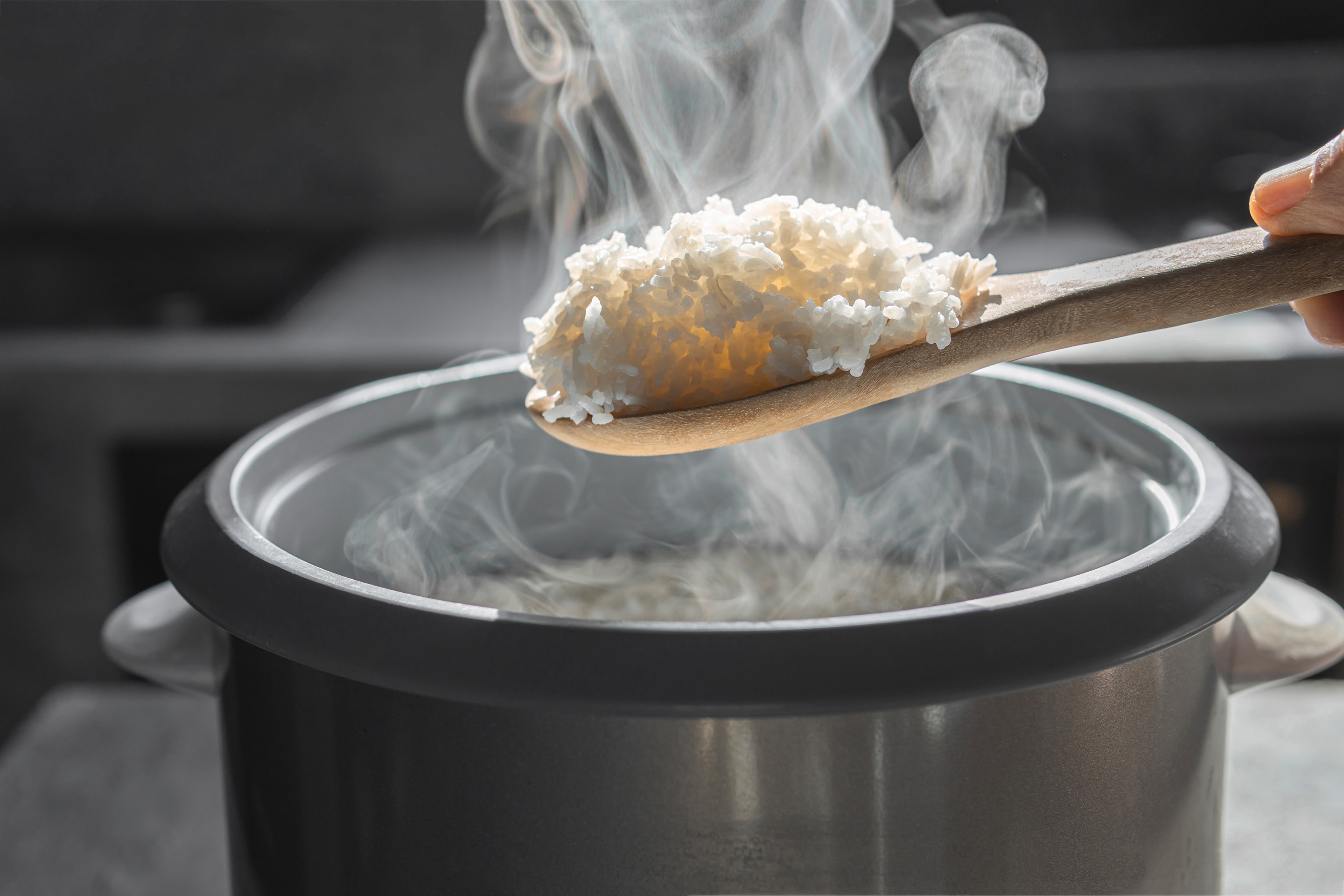The Perfect Sushi Rice Recipe Stovetop: An Ultimate Guide for All Culinary Lovers
Written By James Morgan
Welcome to the ultimate guide on making the perfect sushi rice recipe stovetop. If youve ever wondered how professional sushi chefs get that perfect blend of sticky, slightly sweet, and umami-packed rice, then you are in the right place. This detailed article will help you create your sushi rice at home without the need for any fancy gadgets but just your trusty stovetop.
:max_bytes(150000):strip_icc()/__opt__aboutcom__coeus__resources__content_migration__serious_eats__seriouseats.com__recipes__images__2016__04__20140416-tamago-kake-gohan-recipe-14-e339a32c00a749a69c8734671068dbdf.jpg)
What You'll Learn On This Culinary Journey
In this comprehensive guide, we'll cover everything from selecting the right rice, preparing it with optimal techniques, perfecting the cooking process, and even seasoning the rice to get that classic sushi taste. Along the way, well sprinkle in tips, tricks, and common pitfalls to avoid, ensuring that youre on your way to becoming a sushi rice master.
The History of Sushi Rice
The origins of sushi rice can be traced back to Japans Edo period (1603-1868), where sushi was initially a method of preserving fish in fermented rice. Over time, the practice evolved, and the rice became an integral part of the sushi experience. Today, the texture and flavor of sushi rice are at the core of good sushi, and mastering its preparation is essential for any aspiring sushi chef. You can learn another traditional Japanese recipe like the rustic bread recipe to appreciate the historical significance of cooking methods.

Ingredients for Sushi Rice
- 2 cups of short-grain Japanese rice
- 2 cups of water
- cup of rice vinegar
- cup of sugar
- 1 teaspoon of salt
Selecting the Right Rice
Choosing the right type of rice is the first critical step in your journey to making the perfect sushi rice. We recommend using short-grain Japanese rice or sushi rice. These varieties have a higher content of starch, which gives the rice its signature sticky texture. You might also be interested in discovering how different grains can affect recipes, such as with the crusty bread recipe.

Preparation and Cooking Process
Washing the Rice
Place the rice in a large bowl and fill it with cold water. Swirl the rice around with your hand, then drain the water. Repeat this process several times until the water runs clear. This step is crucial for removing excess starch and will give your sushi rice its perfect texture.
Soaking the Rice
Once the rice is thoroughly washed, soak it in water for 30 minutes. This will allow the grains to absorb water, resulting in evenly cooked and fluffy rice. You might also enjoy experimenting with different soaking times and water-to-rice ratios by checking out the corned beef recipe.
Cooking the Rice
Transfer the soaked rice to a large saucepan. Add 2 cups of water and bring to a boil over medium-high heat. Once it starts to boil, reduce the heat to low and cover the saucepan with a lid. Let it simmer for 18-20 minutes or until all the water is absorbed. Remove the pan from heat and let it sit, covered, for an additional 10-15 minutes to finish the steaming process.
Seasoning the Rice
While the rice is cooking, prepare the seasoning. In a small saucepan, combine the rice vinegar, sugar, and salt. Heat the mixture over low heat, stirring constantly, until the sugar and salt have dissolved. Do not let the mixture come to a boil. Once ready, gently fold the vinegar mixture into the cooked rice. Be careful not to mush the grains together, ensuring that the rice maintains its integrity and stickiness.

Pro Tips and Troubleshooting
Achieving perfect sushi rice takes practice and a bit of patience. Here are some pro tips to help you along the way:
- Use high-quality Japanese rice It makes a significant difference in texture and taste.
- Rinse the rice thoroughly Removing excess starch is crucial for achieving the right consistency.
- Avoid over-mixing Be gentle when folding in the vinegar seasoning to maintain the rice's texture.
- Cookware essentials Make sure your cookware, like a reliable rice cooker, is up to the task for the best results.
Serving and Storing Sushi Rice
Your sushi rice is now ready to be used! It can be paired beautifully with various ingredients to create delectable sushi rolls, nigiri, or sashimi bowls. Make sure to use the rice while its still at room temperature for the best results. If you have leftovers, store them in an airtight container, but try to use them within a day for optimal freshness.
Cleaning and Maintenance
Finally, don't forget about cleaning up. Properly maintaining your cookware is essential for its longevity and continuous perfect results. Utilize a reliable Cookware Cleaner for your pots and pans, and take good care of your cutting boards with some Cutting Board Oil.
As an Amazon Associate, I earn from qualifying purchases.
If you found this guide helpful, be sure to check out our other recipes and culinary tips on traditional fare such as the Mississippi pot roast recipe or the delightful Dutch oven cake recipe. Happy cooking!



